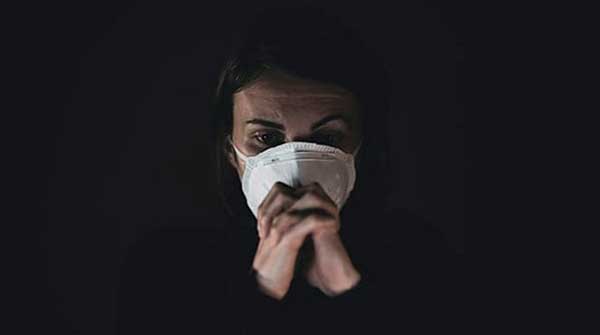As citizens cope with a barrage of public health information about how to combat the COVID-19 pandemic, University of Alberta researchers are working to make it more accessible and easier to understand.
“All of your functions are impaired in an emergency,” said Gillian Harvey, an assistant professor of design studies and a member of the international Design Network for Emergency Management.
“You’re cognitively less able to take things in, so you need very direct information as quickly as possible and without a lot of noise.”
Harvey worked with Alberta Health Services’ harm reduction team to create COVID-19 materials for substance users, an especially vulnerable group during the pandemic.
Meanwhile, Jaspreet Khangura, a clinical lecturer in emergency medicine and a physician at Edmonton’s Royal Alexandra Hospital, and Sahil Gupta, a U of A alumnus who also works at the Royal Alex, are collaborating with the Health Design Studio at OCAD University to create printable handouts in 45 languages on topics ranging from physical distancing to COVID-19 testing.
“People need direct, actionable wording and imagery that tells them exactly what to do,” said Harvey, who also won silver in the health-care category for her work for the AHS Community Based Naloxone Program.
“You can tell people to socially distance, but you also need to tell them to stand two metres apart and make it concrete so that people can understand, for example, the distance between you and your neighbour should be the span of two shopping carts,” she said. “People understand that unit of measurement.”
In one of the handouts Khangura worked on, there are instructions on what to do if you have COVID-19 and you start to feel worse.
“It gives a few examples, including if you have a fever over 38 degrees, if you feel short of breath, and if you feel too sick to get up or watch TV,” Khangura said. “The challenge was trying to find analogies that would resonate with people.
“Of course you’re sick, so you don’t feel great, but what is that threshold where you should call someone or go to an emergency department?”
People who use substances were identified quickly by AHS as particularly vulnerable during the COVID-19 pandemic because many have less access to health care and may even live on the street. By the last week of April, materials were written and designed to be distributed at supervised consumption services, community centres and other places throughout Alberta where high-risk adults and youth gather.
“The general instructions about social distancing are targeted for this specific audience – if you use drugs – how to stay safe and use if you have to in an emergency like this,” Harvey said.
“Typically, people can remember three to five actions or even fewer, which is why you need to turn procedures into steps, with simple illustrations and short sentences,” she said.
People also need to understand what to do if something goes wrong, she said, such as calling the 811 Health Link line if you get sick and don’t have a place to self-isolate.
The COVID-19 harm reduction materials will be tested and improved based on the evidence gathered.
“In any situation, including COVID, we should be testing materials with people who are actually receiving the messages,” Harvey said. “The only way that we know if they are effective is if we test them.”
Khangura said COVID-19 has made her realize how difficult it can be to communicate clearly about health care, especially with reduced or no in-person contact.
“Sitting down with a patient or their family, spending some time, the small touch of a hand when it’s appropriate, these are things you just don’t do now.
“The project has really made me think about how information will be used and how it will be received.”
| By Gillian Rutherford
This article was submitted by the University of Alberta’s online publication Folio, a Troy Media content provider partner.
The views, opinions and positions expressed by columnists and contributors are the author’s alone. They do not inherently or expressly reflect the views, opinions and/or positions of our publication.


